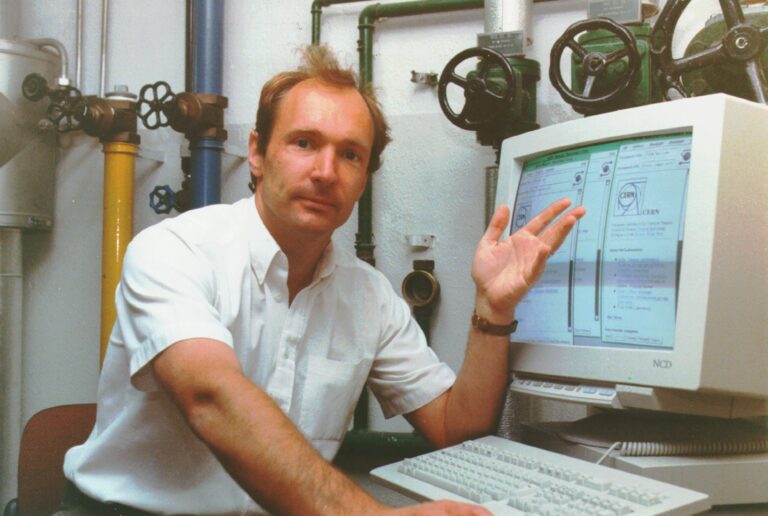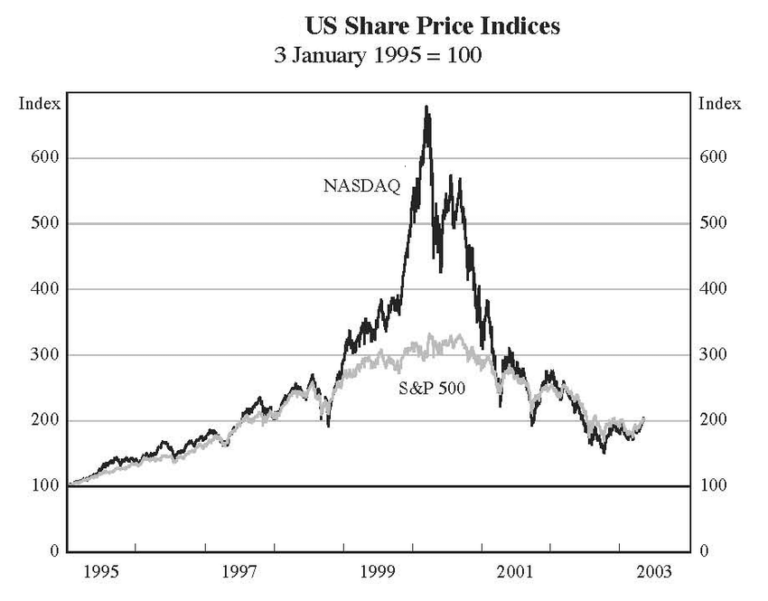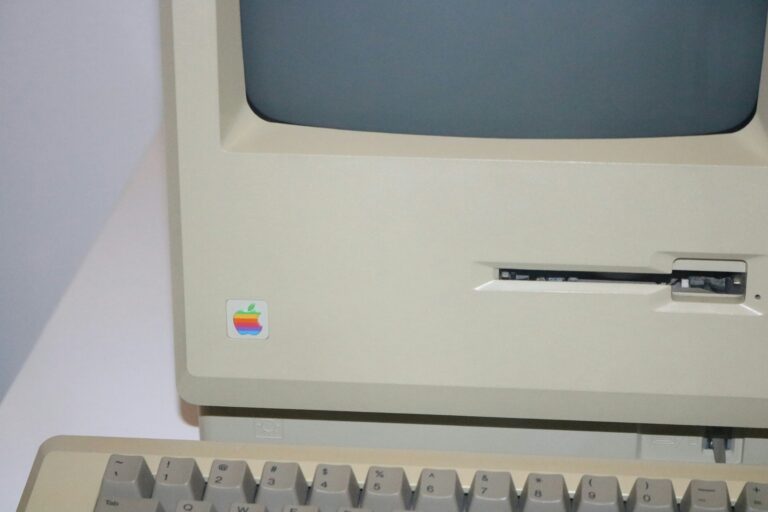The Internet, an intricate tapestry of interconnected networks, has woven itself into the fabric of our daily lives. From instant communication to a seemingly endless well of information, it plays a central role in how we work, learn, and connect. But how did this digital marvel come to be? Let’s embark on a journey through time, exploring the top 10 moments of the history of the Internet that shaped the web as we know it today.
1. Inception: ARPANET - 1960s
The Internet’s roots lie in ARPANET, a project by the U.S. Department of Defense in the late 1960s. It aimed to create a decentralized communication network that could withstand disruptions, even during a nuclear attack. This pioneering project utilized packet switching, a method of breaking down data into smaller packets for efficient transmission across different network paths.

2. TCP/IP Protocol - 1970s
The 1970s saw the development of the Transmission Control Protocol/Internet Protocol (TCP/IP), the foundational language of the modern internet. This standardized protocol established a set of rules for how data is formatted, transmitted, and addressed between computers and networks. TCP/IP’s universal language enabled diverse networks to communicate seamlessly, paving the way for a more interconnected future.
3. Commercialization - 1980s
The 1980s witnessed a crucial shift with the creation of NSFNET by the National Science Foundation (NSF). This network backbone initially supported academic and research communication, but it also played a vital role in fostering the commercialization of the internet. Simultaneously, the emergence of commercial Internet Service Providers (ISPs) like AOL and CompuServe opened the doors for wider public access, marking a significant turning point.
4. World Wide Web (WWW) - 1989
The invention of the World Wide Web (WWW) by Tim Berners-Lee in 1989 completely transformed the internet experience. Hyperlinks and web pages, accessible through user-friendly web browsers, revolutionized information access and user interaction. This innovation made the internet more intuitive and opened it up to a broader global audience.

5. Dot-com Bubble - 1990s
The late 1990s witnessed a surge in internet-related ventures, leading to the dot-com bubble. This period saw a rapid influx of internet-based companies and investments, often fueled by speculation and anticipation. While it fostered innovation and growth, the bubble eventually burst in the early 2000s, resulting in the collapse of many companies and a period of correction.

6. Rise of Social Media - 2000s
The dawn of the 2000s brought about the rise of social media platforms like Friendster, MySpace, and later Facebook. These platforms fundamentally changed online interaction by enabling individuals to connect, share content, and build communities on a global scale. Social media revolutionized communication, fostering new forms of social interaction and information dissemination.
7. Mobile Internet - 2000s & 2010s
The widespread adoption of smartphones in the late 2000s and early 2010s significantly impacted internet usage patterns. Mobile devices provided constant internet access, leading to the development of mobile apps and a shift towards mobile-first web design. This transformation made the internet an ever-present and dynamic tool accessible from anywhere.

8. Cloud Computing - 2000s onwards
The emergence of cloud computing services like Amazon Web Services (AWS), Google Cloud Platform, and Microsoft Azure revolutionized business operations. These services provide scalable and on-demand computing resources over the internet, enabling businesses to access and manage data and applications more efficiently and cost-effectively.
9. E-commerce Boom - 1990s onwards
The rise of online marketplaces like Amazon and eBay fueled the growth of e-commerce, impacting traditional retail models. E-commerce offered consumers convenience, wider product selection, and competitive pricing, permanently altering how we shop and interact with businesses.
10. Internet of Things (IoT) - 2010s onwards
The increasing number of interconnected devices, known as the Internet of Things (IoT), ushered in a new era of connectivity and automation. From smart home appliances to industrial sensors, IoT devices collect and share data, offering improved efficiency, data-driven insights, and interconnectedness across various sectors.
As we look towards the future, the potential of the internet seems boundless. Emerging technologies like artificial intelligence, virtual reality, and blockchain promise to further reshape the digital landscape, presenting exciting opportunities and challenges. As we continue to explore the vast potential of the internet, one thing remains certain: its impact on our world will continue to evolve in ways we can only begin to imagine.
FAQs about Internet
The internet’s origins trace back to the late 1960s with the creation of ARPANET. This project by the U.S. Department of Defense aimed to build a decentralized communication network that could withstand disruptions, even during a nuclear attack. ARPANET utilized packet switching, a method of breaking down data into smaller packets for efficient transmission across different network paths.
While both played crucial roles in the internet’s history, they served distinct purposes. ARPANET was the foundation, a communication network designed for data transmission, while the WWW introduced user-friendly features like hyperlinks and web pages, making the internet more accessible and user-friendly.
While the bubble burst led to the collapse of many companies, it also brought about a period of correction and consolidation. It forced companies to focus on sustainable business models and highlighted the need for responsible investment in the internet space.
The Internet of Things (IoT) refers to the increasing number of interconnected devices, ranging from smart home appliances to industrial sensors. These devices collect and share data, offering improved efficiency, data-driven insights, and interconnectedness across various sectors. The proliferation of IoT devices promises to further revolutionize the internet, potentially impacting everything from how we manage our homes and cities to how industries operate and healthcare is delivered.
The interconnectedness of IoT devices raises concerns about data security and privacy. With an increasing number of devices collecting and sharing data, ensuring robust security measures and responsible data management practices becomes crucial.






